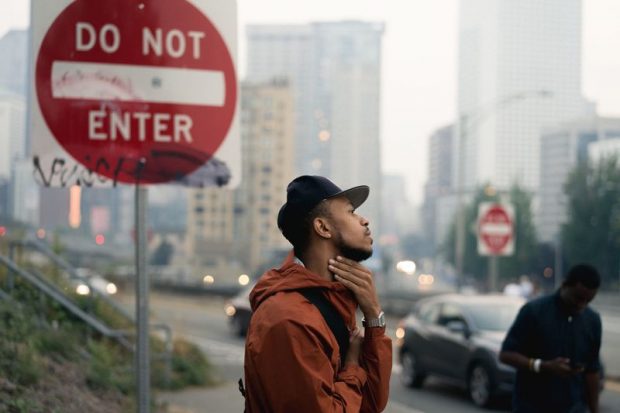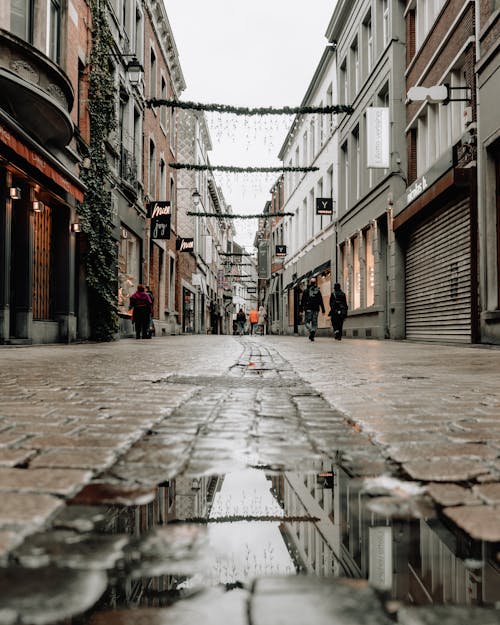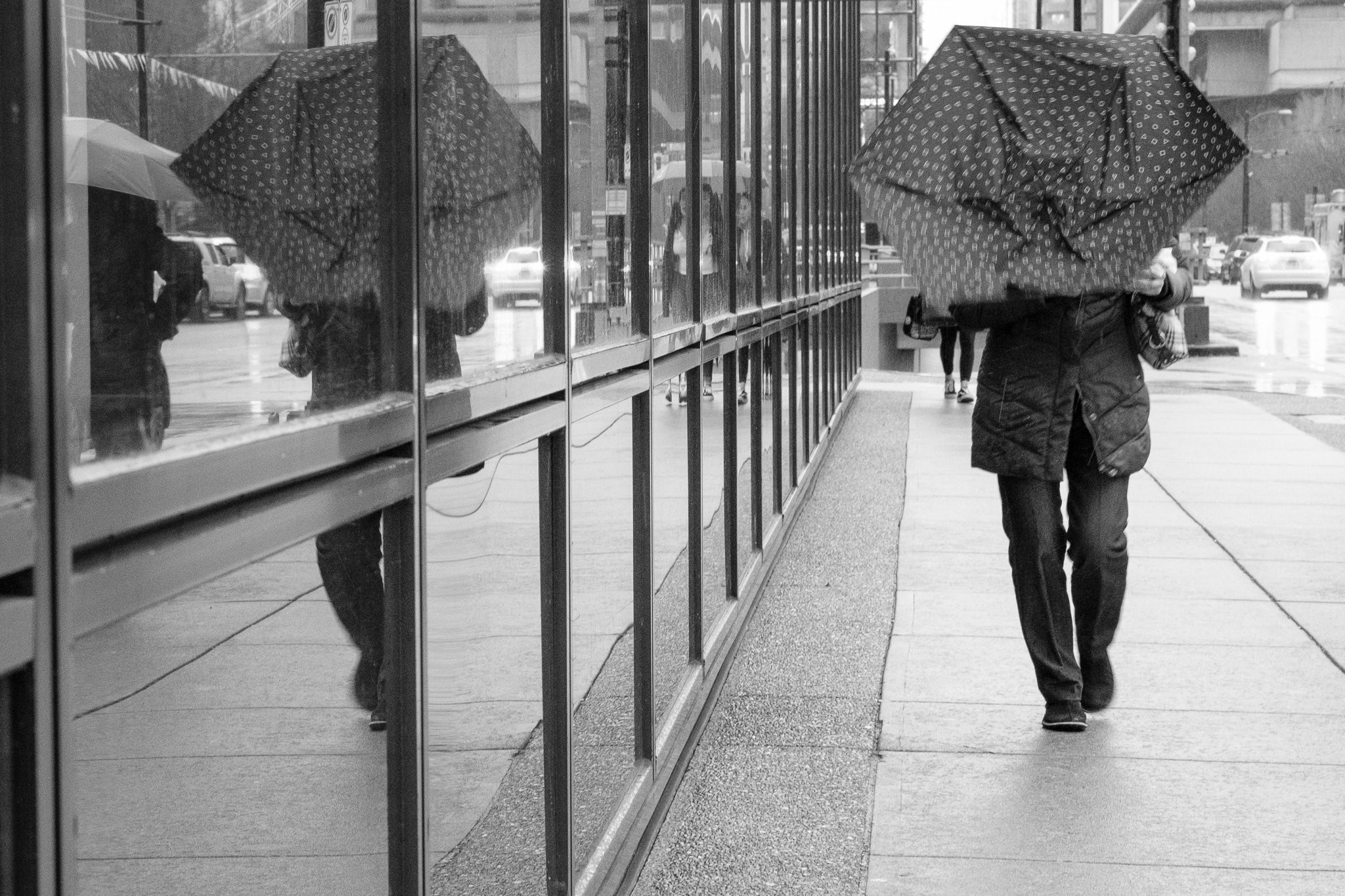Framing Streets Can Be Fun For Everyone
Wiki Article
Little Known Questions About Framing Streets.
Table of ContentsEverything about Framing StreetsFraming Streets - The FactsSome Ideas on Framing Streets You Should KnowThe smart Trick of Framing Streets That Nobody is Talking AboutFraming Streets Fundamentals ExplainedThe 5-Minute Rule for Framing Streets
, usually with the aim of catching photos at a definitive or emotional minute by cautious framing and timing. https://fliphtml5.com/homepage/onrvw/davidturley33101/.
More About Framing Streets
Susan Sontag, 1977 Street digital photography can concentrate on individuals and their actions in public. In this regard, the road digital photographer is comparable to social docudrama digital photographers or photojournalists that likewise operate in public areas, but with the purpose of capturing relevant events. Any of these photographers' photos might catch individuals and building noticeable within or from public locations, which usually entails navigating honest issues and laws of personal privacy, safety and security, and building.Depictions of day-to-day public life develop a style in nearly every duration of world art, beginning in the pre-historic, Sumerian, Egyptian and early Buddhist art periods. Art handling the life of the road, whether within views of cityscapes, or as the dominant theme, appears in the West in the canon of the North Renaissance, Baroque, Rococo, of Romanticism, Realistic look, Impressionism and Post-Impressionism.
Getting My Framing Streets To Work
Louis Daguerre: "Boulevard du Holy place" (1838 or 1839) In 1838 or 1839 the initial picture of figures in the street was taped by Louis-Jacques-Mand Daguerre in one of a pair of daguerreotype sights drawn from his studio window of the Blvd du Temple in Paris. The second, made at the height of the day, reveals an uninhabited stretch of road, while the other was taken at about 8:00 am, and as Beaumont Newhall records, "The Blvd, so constantly loaded with a relocating bunch of pedestrians and carriages was perfectly singular, other than an individual who was having his boots combed.Consequently his boots and legs were well specified, yet he lacks body or head, since these remained in motion." Charles Ngre, waterseller Charles Ngre. https://www.awwwards.com/framingstreets1/ was the very first photographer to acquire the technological elegance called for to register people in movement on the road in Paris in 1851. Photographer John Thomson, a Scotsman collaborating with journalist and social protestor Adolphe Smith, released Road Life in London in twelve month-to-month installments starting in February 1877
Indicators on Framing Streets You Need To Know
Eugene Atget is considered a progenitor, not because he was the very first of his kind, but as an outcome of the popularisation in the late 1920s of his record of Parisian roads by Berenice Abbott, who was influenced to undertake a comparable documents of New york city City. [] As the city developed, Atget assisted to advertise Parisian roads as a worthy subject for photography.
The Ultimate Guide To Framing Streets
The chief Mass-Observationists were anthropologist Tom Harrisson in Bolton and poet Charles Madge in London, and their very first report was created as guide "May the Twelfth: Mass-Observation Day-Surveys 1937 Discover More Here by over two hundred observers" [] Window cleaner at Kottbusser Tor, Berlin, by Elsa Thiemann c. 1946 The post-war French Humanist Institution digital photographers discovered their subjects on the road or in the restaurant. Between 1946 and 1957 Le Groupe des XV yearly displayed work of this kind. Andre Kertesz. Circus, Budapest, 19 May 1920 Road digital photography developed the major web content of 2 exhibitions at the Gallery of Modern Art (Mo, MA) in New york city curated by Edward Steichen, Five French Photographers: Brassai; Cartier-Bresson, Doisneau, Ronis, Izis in 1951 to 1952, and Post-war European Digital Photography in 1953, which exported the concept of road digital photography internationally.
Framing Streets Fundamentals Explained
The recording maker was 'a covert electronic camera', a 35 mm Contax hidden beneath his layer, that was 'strapped to the upper body and attached to a lengthy wire strung down the ideal sleeve'. His job had little contemporary impact as due to Evans' sensitivities concerning the originality of his job and the personal privacy of his subjects, it was not released until 1966, in the publication Lots of Are Called, with an intro created by James Agee in 1940.Helen Levitt, after that a teacher of little ones, associated with Evans in 193839. She recorded the transitory chalk illustrations - 50mm street photography that became part of children's street society in New york city at the time, in addition to the kids that made them. In July 1939, Mo, MA's new digital photography area consisted of Levitt's job in its inaugural eventRobert Frank's 1958 publication,, was considerable; raw and frequently out of emphasis, Frank's pictures questioned traditional digital photography of the time, "challenged all the formal rules laid down by Henri Cartier-Bresson and Pedestrian Evans" and "contradicted the wholesome pictorialism and genuine photojournalism of American magazines like LIFE and Time".
Report this wiki page